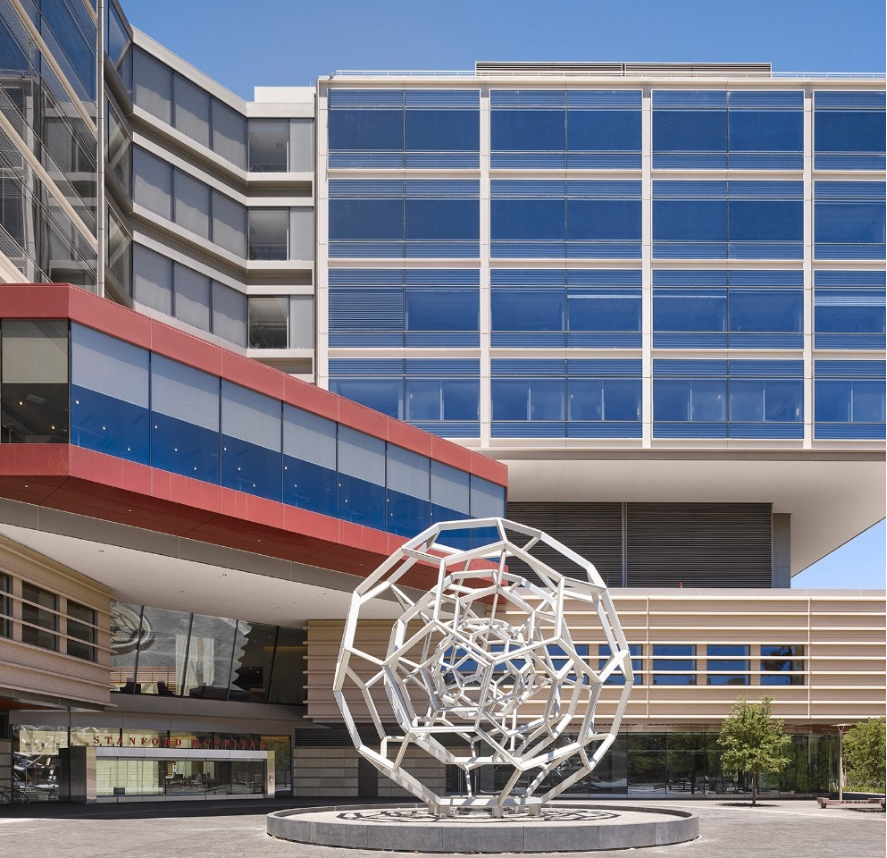9F, Zhongrui Jumei Building, 68 Jiuzhang Road, Suzhou Industrial Park, Jiangsu Province
USA
[Overseas Hospital] Stanford Medical Center
The history of Stanford Medical Center originated from the Stanford Children's Rehabilitation Center established in 1911. Stanford Hospital's organ transplantation, cancer diagnosis and treatment, cardiovascular medicine and surgery, as well as neuroscience, are all renowned worldwide. The hospital ranks second in the California region. Ear, nose, throat, head and neck surgery is a key discipline at Stanford Hospital and ranks first in the specialty rankings of American News and World Report.

This hospital has over 2000 medical staff, 850 interns and resident doctors, and nearly 1500 registered nurses. The hospital is equipped with over 600 beds. Stanford Clinic Clinics, the joint practice clinic of most teaching doctors at Stanford University School of Medicine, includes a total of 493 full-time teaching and training doctors. Their professional fields range from primary care to cutting-edge internal medicine and surgery. The Stanford Clinic provides over one hundred specialized and affiliated departments. Under the guidance of teaching doctors, medical students and resident doctors from Stanford University participated in patient medical care in various departments. These clinics are all involved in priority healthcare projects, as well as medical insurance and healthcare. The Stanford University Affiliated Medical Center is widely recognized as" Fifteen Best Hospitals in the United States" One of them is that nearly 40000 patients and 20000 hospitalized patients recover here every year.
Major Achievements
In 1945, Felix Bloch from Stanford Medical School jointly invented the nuclear magnetic resonance technique.
In 1960, the authoritative kidney transplant surgery in California was performed at Palo Alto Stanford Hospital.
In 1962, Malcolm Bagshaw discovered high-dose radiation skills.
In 1973, Stanley Cohen co invented gene cloning skills, which was a major reform in the field of biology.
In 1974, William Robinson isolated the virus that causes hepatitis B.
In 1981, the world's authoritative case of cardiopulmonary transplantation was performed at Stanford University Medical Center.
In 1992, Susan Knox was the first to use radiolabeled monoclonal antibodies to treat lymphoma patients.
Otolaryngology
The Department of Otolaryngology at Stanford University Medical Center brings together a multidisciplinary team, including experts in otolaryngology (otolaryngology diseases) and skilled nurses specializing in otolaryngology. They often collaborate with other sub specialties such as endocrinology, audiology, oncology, allergies and immunology, and neurology to provide personalized high-quality treatment for ear, nose, and throat diseases.
Diagnosis and treatment scope
Comprehensive Otolaryngology (ENT)
hearing loss
Facial nerve center
Facial Plastic and Reconstructive Surgery Clinic
Head and neck cancer
Skull base surgery
Sinus center
Sleep Surgery Clinic
Vestibular balance disorder
Voice and Swallowing Center

